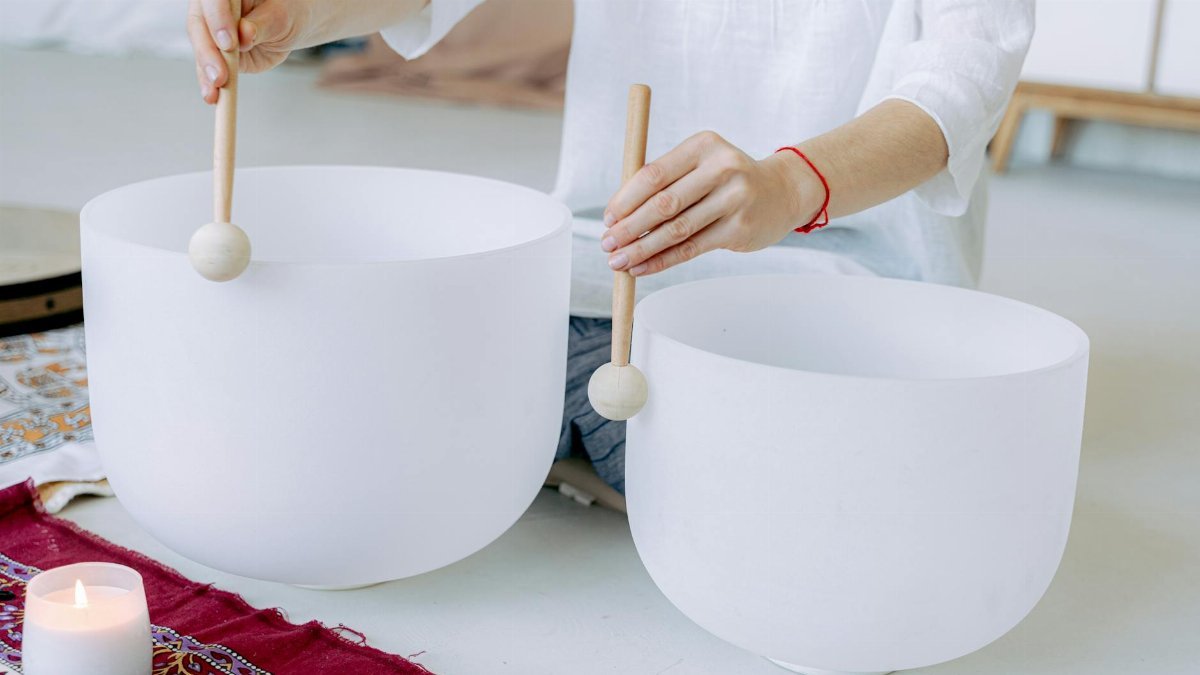Is mind-body healing really the solution everyone claims? This growing practice, which connects mental and emotional well-being with physical health, has captured attention across the U.S. as more people seek holistic ways to navigate life’s challenges. Far from a quick fix, it’s a complex journey that mirrors the ups and downs of loving yourself. Embracing this approach means accepting that healing isn’t a straight line—it’s a winding path of self-discovery and resilience. Let’s break down why this process matters and how it reshapes daily life.
What Is Mind-Body Healing?

At its core, mind-body healing refers to techniques that integrate mental, emotional, and physical health to promote overall wellness. Think meditation, yoga, breathwork, or even therapy that addresses stress’s physical toll. It’s grounded in the idea that our thoughts and emotions directly impact our bodies. Research from institutions like the National Institutes of Health shows stress can manifest as physical pain or illness, making these practices more than just feel-good trends—they’re rooted in science.
Why Healing Isn’t Linear

Loving yourself through mind-body healing isn’t a checklist. One day, a mindfulness session might leave you centered; the next, old anxieties creep back. This inconsistency is normal. Experts note that healing often involves revisiting past wounds, which can feel like a setback but is actually progress. The body holds onto trauma, and releasing it takes time and patience, not a predictable timeline.
The Physical-Emotional Connection

Ever notice a knot in your stomach during stress? That’s the mind-body link at work. Practices like guided imagery or progressive muscle relaxation target these physical signs of emotional strain. Studies summarized by Mayo Clinic highlight how such methods lower cortisol levels, easing both mind and body. This connection proves healing must address both realms simultaneously.
Challenges in the Journey

Adopting mind-body healing isn’t always smooth. Some struggle with consistency—meditation feels impossible on hectic days. Others face skepticism from peers or doubt the process when results aren’t immediate. The key is persistence. Small steps, like five minutes of deep breathing, build over time. It’s less about perfection and more about showing up for yourself, even on tough days.
Practical Ways to Start

Getting into mind-body healing doesn’t require a major overhaul. Begin with simple actions: a morning stretch paired with intentional breathing, or journaling to process emotions. Apps and local classes can guide beginners through meditation or tai chi. The goal isn’t mastery overnight but finding what resonates with your needs. Tailor it to fit your life, not someone else’s blueprint.
Impact on Daily Life

Over time, mind-body healing shifts how you handle stress, relationships, and self-perception. Practitioners often report better sleep, reduced tension, and a stronger sense of self-worth. It’s not a cure-all, but it equips you to face life’s messiness with more clarity. Loving yourself becomes less about reaching a destination and more about embracing the journey, bumps and all.
